Learning Suites: A First Step in Overcoming Isolation in Schools
Key Points
-
Learning Suites are an important spatial element of a Learning Community, a diverse suite of spaces that foster authentic and collaborative learning experiences.
-
Moving from classrooms to Learning Suites can be an easy and relatively inexpensive way to disrupt isolated learning environments.
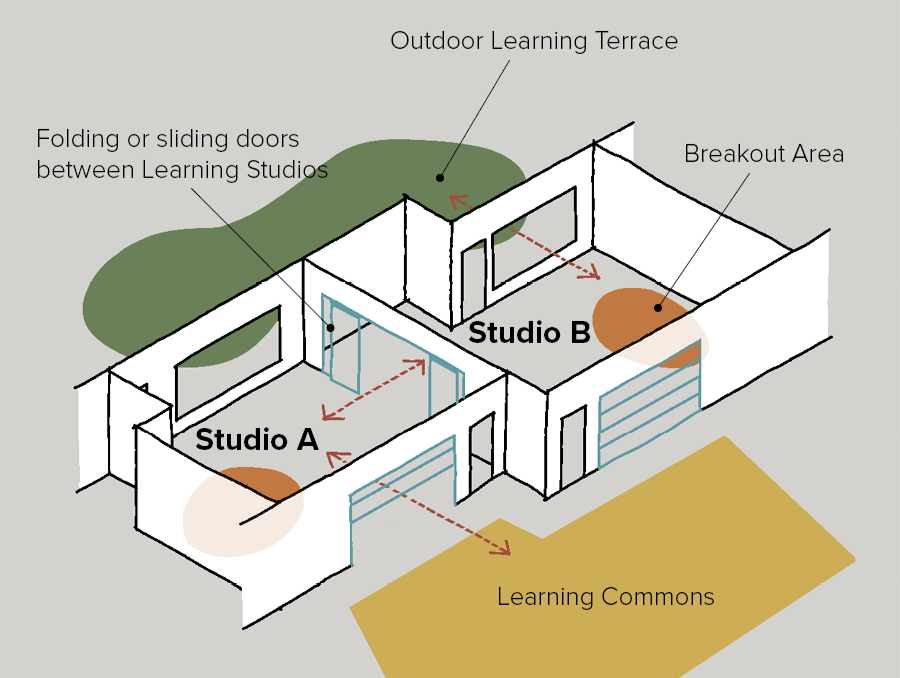
If safety, wellness, purpose, and belonging are key elements that support thriving learners, isolation is the opposite. Isolation is a key cause of anxiety and depression in learners, and the physical design of the traditional classroom is a contributor to that isolation in schools. Classrooms isolate both teachers and learners, forming barriers to the kind of authentic, relevant, and interdisciplinary learning & problem-solving that is foundational in 21st-century schools.
In many people’s minds, the alternative to a classroom model for schools is a completely open concept, which was popular in the 1970s. The open concept is a prime example of the cure being worse than the disease. In an open concept, noise and distraction exasperate poor conditions for learning and individual wellness. Both the classroom model and the open concept fail to recognize that it isn’t a single type of space we need, but a diversity of accessible spaces. A growing understanding of how the human brain informs us that during any given day, each person’s needs (while unique and varied) will require time to learn collaboratively, time to themselves, and time to be active.
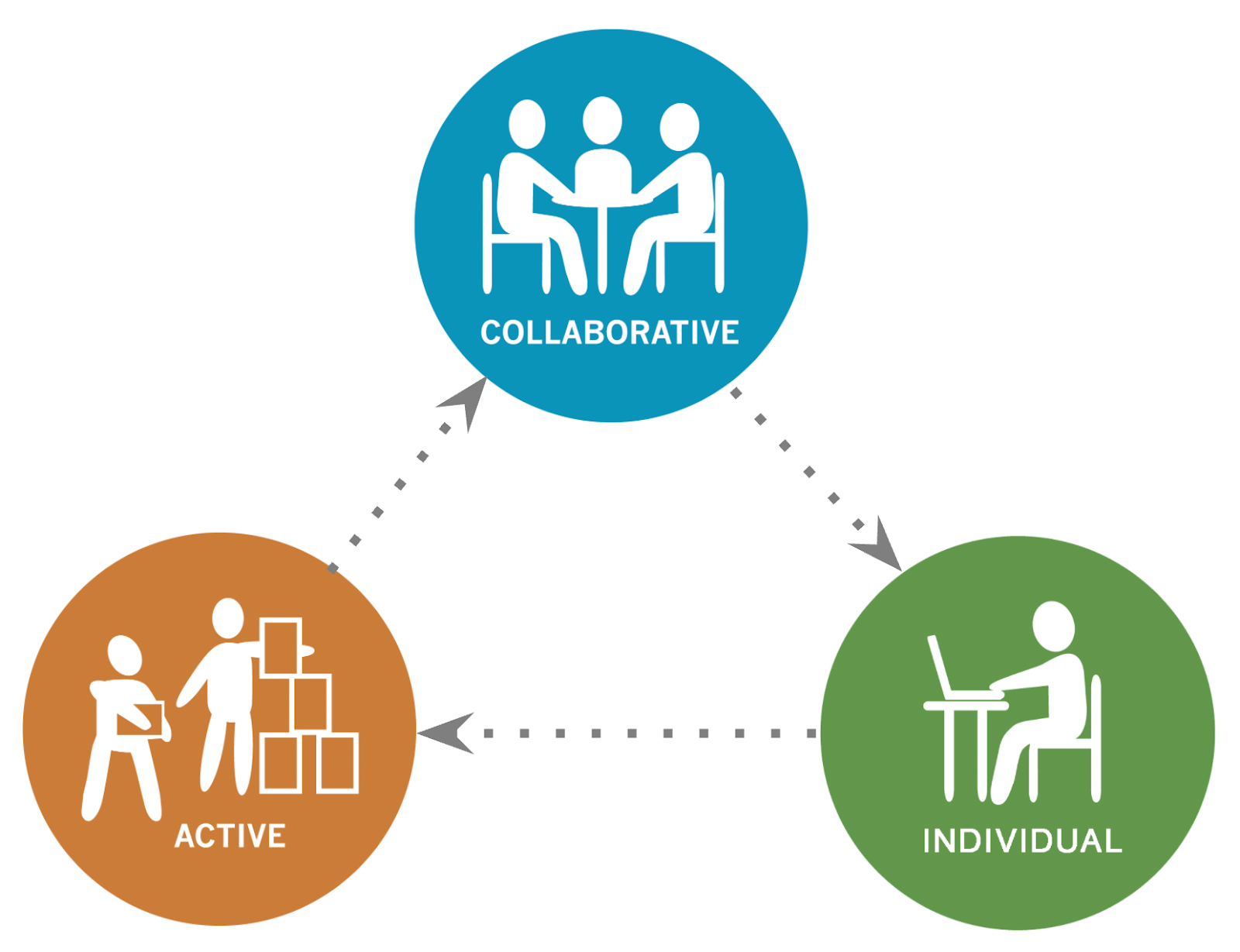
The key to unlocking environments where all learners thrive is creating a diverse array of accessible spaces that allow each person’s unique and real-time needs to be met. An interconnected suite of spaces, including Learning Studios, Learning Suites, and Learning Commons answer this need. We refer to this suite of diverse spaces as a Learning Community.
What do we mean by a Learning Studio? It’s an updated classroom–a word that carries an association as a rectangular space with four walls and a door, with student desks aligned in rows facing a teaching wall. To break the classroom mindset of the past, we’ve renamed the “classroom” as a “Learning Studio,” an agile space with multiple zones that foster a wide spectrum of learning activities.
In the shift from a conventional classroom model to a dynamically interconnected suite of spaces, connecting two classrooms is often the simplest first step to disrupt isolation. It’s a buddy system, where two teachers can support each other and interweave their curriculums together while maintaining the ability to operate as two independent environments. This works well with multi-age groupings, same department groupings, such as two math or English classes, and affinity groupings, such as humanities or STEM pairings.
An accessible Learning Commons with strong visual transparency into Learning Suite/Studios is a way to bring this to the next level. In the transformation from a classroom model, the Learning Commons can serve as an important place for small groups breakouts, one-on-one mentoring, and calming retreats for quiet and reflection. (Pro tip: make sure Learning Commons gets ample natural light, or they won’t be a desirable place to go).
To fully utilize this suite of diverse spaces, teachers need professional development and specific programs that embed multiple disciplines. Instead of classrooms, let’s create Learning Studios, Learning Suites, and Learning Commons that foster authentic, relevant, and interdisciplinary learning. And let’s work together to create educational programs that break down the walls of isolation to put difference-making at the heart of learning.
Related Pattern: Learning Community- Working with Cells and Bell




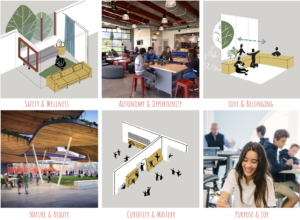
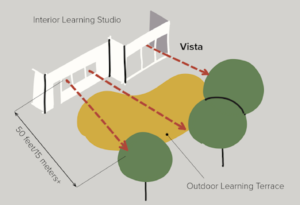
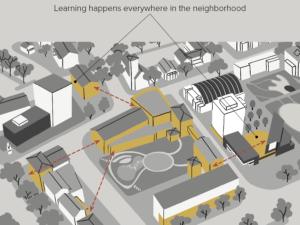
Francisco Patino
Wow! This was such a great read and I am very appreciative of the diagrams that were shown in order to have a visual of the studio. When reading the blog I was able to envision the studio in my head as I read through the context but as I read further more and had an additional diagram I was convinced that this a great educational blog but it is also sharing a prime technique for the future of our education. I think the idea of transitioning from classrooms to studios is awesome as it will help immensely with those who deal heavily or lightly with isolation, depression, and anxiety.